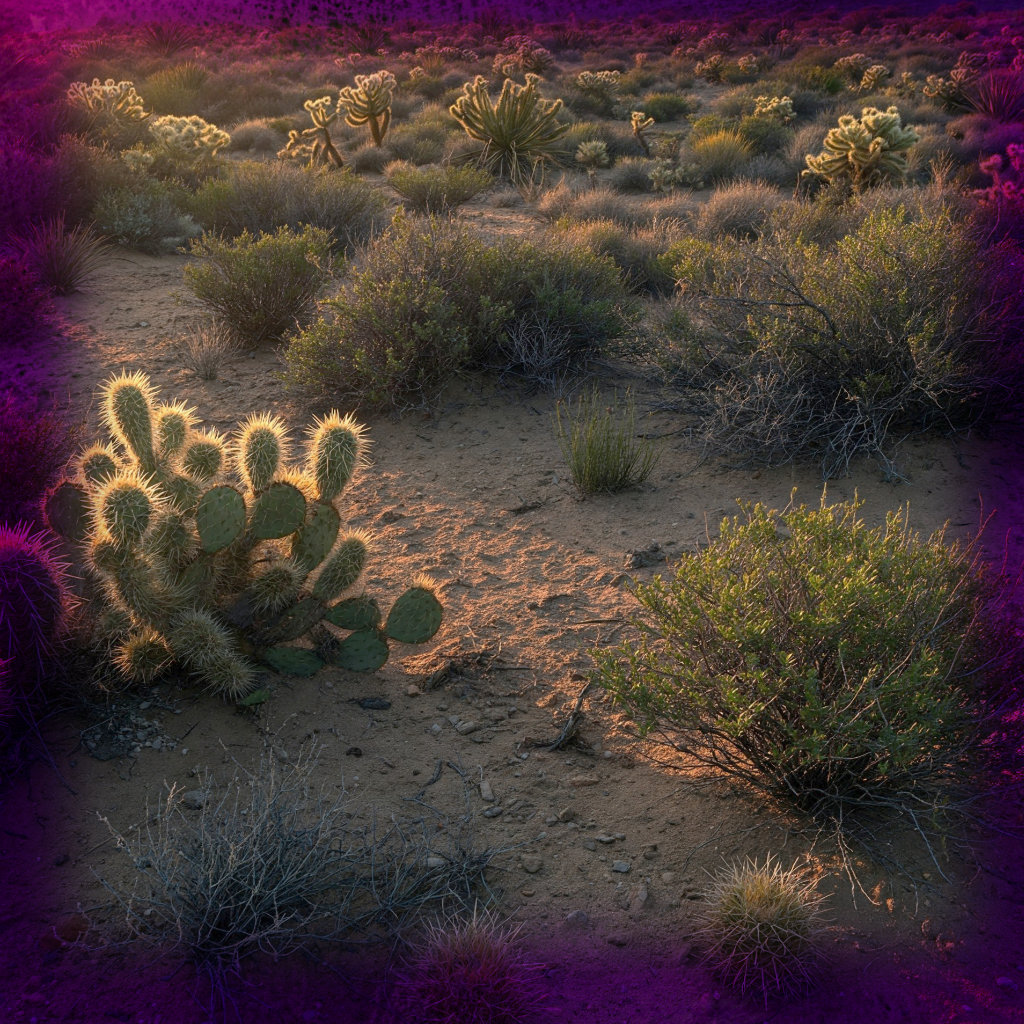Defining Arid Land Ecosystems
Arid regions, characterized by scant rainfall and extreme temperatures, cover over one-third of the Earth’s land surface. These harsh environments demand resilience, and native plants have evolved ingenious adaptations to not just survive, but thrive.
The Rising Importance of Native Flora
As climate change exacerbates desertification, native plants are gaining recognition as ecological powerhouses. They offer sustainable solutions for water scarcity, habitat loss, and land degradation—challenges that introduced species often worsen.
How Native Plants Thrive Where Others Fail
Deep taproots, waxy leaf coatings, and nocturnal photosynthesis are just a few survival strategies. These traits allow them to flourish without artificial irrigation, chemical fertilizers, or constant human intervention.
Ecological Benefits
Water Conservation Champions
Native species like sagebrush and prickly pear cactus require up to 70% less water than non-native ornamentals. Their root systems are fine-tuned to extract moisture efficiently, reducing reliance on unsustainable irrigation.
Soil Stabilization and Erosion Control
Mesquite trees and buffalo grass create dense root networks that bind loose soil. This prevents dust storms—a growing problem in overgrazed and deforested arid zones.
Supporting Local Biodiversity
From pollinators like solitary bees to endangered species such as the desert tortoise, native flora forms the backbone of fragile ecosystems. Monarch butterflies, for instance, rely exclusively on specific milkweed species found in arid regions.
Natural Pest Resistance
Evolution has equipped plants like creosote bush with antimicrobial resins that deter pests. This reduces the need for harmful pesticides that disrupt ecological balance.
Carbon Sequestration Capabilities
Despite sparse foliage, many desert plants excel at storing carbon. Palo verde trees, for example, sequester CO2 in their extensive root systems, mitigating climate change impacts.
Fire Resilience in Dry Climates
Succulents like agave have high moisture content, acting as natural firebreaks. Their strategic placement can protect vulnerable areas from wildfires.
Economic Advantages
Reduced Irrigation Costs
Municipalities in drought-prone areas save millions by incorporating native plants into public spaces. Phoenix, Arizona, cut water usage by 40% in parks through xeriscaping.
Lower Maintenance Requirements
No weekly mowing, frequent pruning, or chemical treatments. Once established, native gardens thrive on neglect, freeing up time and resources.
Sustainable Landscaping for Businesses
Hotels and resorts in arid regions are adopting native designs to appeal to eco-conscious travelers. The trend merges aesthetics with corporate responsibility.
Boosting Ecotourism Opportunities
Wildflower blooms in Death Valley or saguaro forests in Arizona draw thousands of visitors annually, generating revenue while promoting conservation.
Native Plant Markets and Local Economies
Nurseries specializing in indigenous species create jobs and reduce reliance on imported greenery. Seed harvesting also provides income for rural communities.
Cultural and Historical Significance
Indigenous Uses of Desert Plants
The O’odham people traditionally used jojoba oil for skin protection, while cholla buds were a nutrient-dense food source. These practices endure in modern herbalism.
Traditional Medicine and Native Flora
Desert lavender treats respiratory ailments, and yucca roots have anti-inflammatory properties. Ethnobotany reveals a pharmacopeia hidden in plain sight.
Symbolism in Local Cultures
The saguaro cactus symbolizes endurance in Sonoran Desert lore. Such plants feature prominently in art, ceremonies, and oral traditions.
Preserving Heritage Through Landscaping
Urban projects that incorporate native species—like Los Angeles’ Theodore Payne Foundation—bridge cultural preservation and ecological restoration.
Practical Applications
Best Native Plants for Arid Gardens
- Red yucca: Drought-tolerant with striking blooms
- Desert marigold: Vibrant yellow flowers, low water needs
- Blue palo verde: Provides dappled shade in extreme heat
Designing a Drought-Resistant Landscape
Layer plants by water needs, using “hydrozoning.” Place high-water species near structures, transitioning to hardier natives in outer areas.
Rainwater Harvesting for Native Plants
Swales and berms direct rainfall to plant roots. A simple barrel system can sustain a native garden through dry months.
Companion Planting Strategies
Pair nitrogen-fixing indigo bushes with flowering penstemons. The combination enriches soil while attracting pollinators.
Avoiding Invasive Species
Tamarisk and fountain grass may seem harmless but outcompete natives. Always verify a plant’s ecological impact before introduction.
Climate Adaptation
Native Plants and Climate Resilience
As temperatures rise, native species demonstrate remarkable adaptability. Their genetic diversity offers a buffer against unpredictable weather patterns.
Surviving Prolonged Droughts
Some desert shrubs can enter dormancy for years, reviving after rare rains. This “waiting strategy” is impossible for non-natives.
Heat Tolerance Mechanisms
Reflective leaf surfaces and CAM photosynthesis allow plants like ocotillo to endure 120°F (49°C) heat without scorching.
Urban Heat Island Mitigation
Native trees like ironwood cool cities more effectively than palm trees. Their dense canopies reduce ambient temperatures by up to 15°F (-9°C).
Challenges and Solutions
Overcoming Misconceptions About Native Landscaping
The myth that native gardens look “barren” persists. Education—through demonstration gardens—shows their vibrant seasonal beauty.
Sourcing Authentic Native Plants
Big-box stores often mislabel hybrids as natives. Seek specialty nurseries or seed exchanges to ensure genetic purity.
Community Education and Advocacy
Workshops on seed collecting and guerrilla gardening empower residents to rewild urban spaces responsibly.
Conclusion
Why Native Plants Are the Future of Arid Regions
They represent a synergy of ecological wisdom and modern sustainability—a blueprint for coexisting with increasingly hostile climates.
Taking Action: How to Get Started
- Replace a lawn section with native grasses
- Join a local plant restoration group
- Advocate for native-focused urban planning policies

